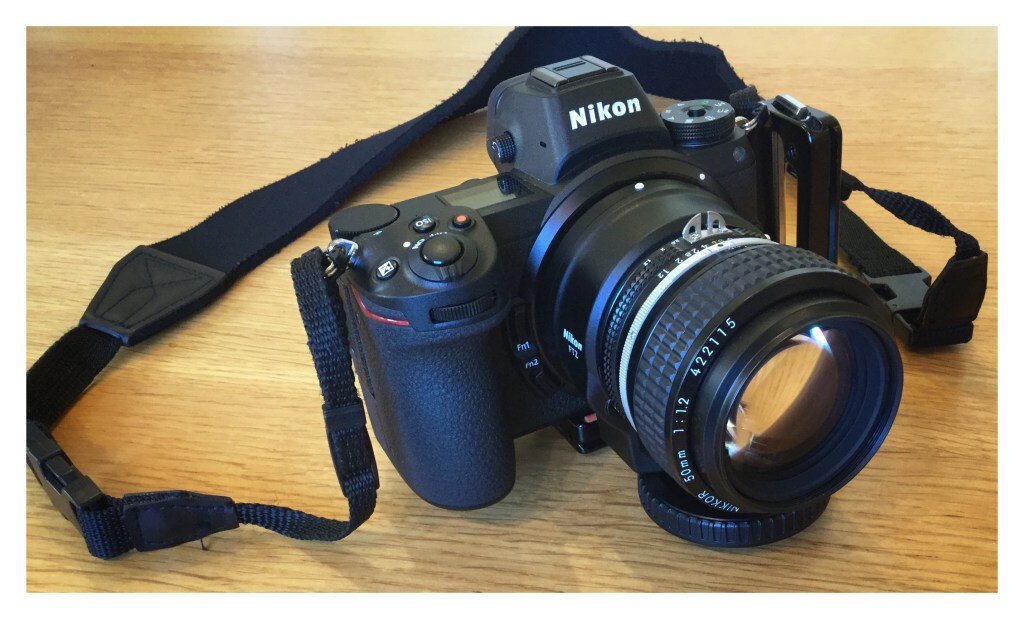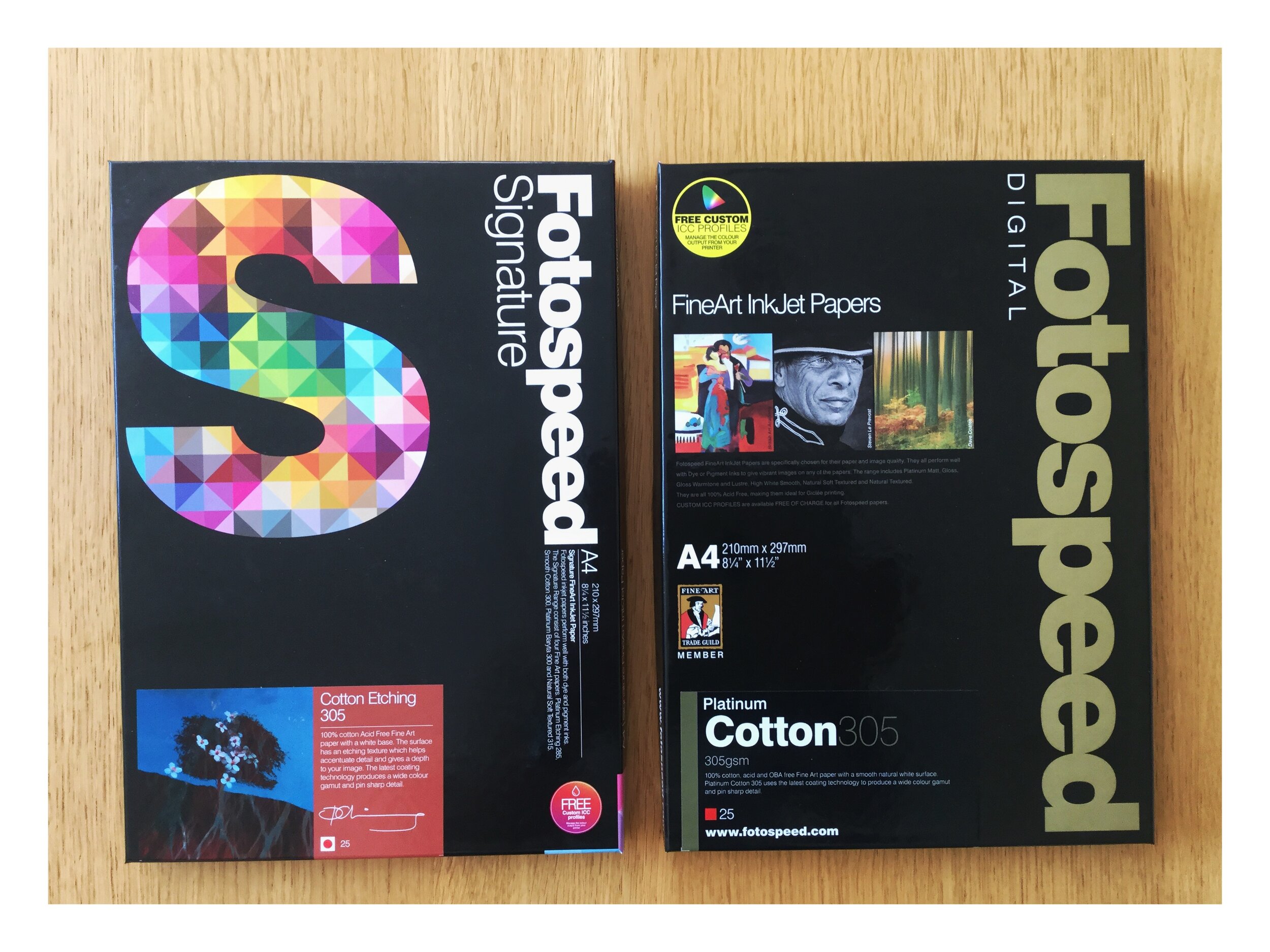For me, the answers were straightforward, this is getting closer and closer to an almost perfect camera. The first and most important step to take is to fully read the manuals especially those parts that relate to customising the functions attached to the various buttons. This at least allows some of the more glaring oddities to be corrected. ViewfinderThis EVF is perfect, I’ve no idea how it could be improved upon. It's like looking through a straight optical path but better. It’s so good, you just forget all about it. Even allowing for the fact that at heart Nikon is an optical company rather than an electronic one, there is some magic at work. ShutterI’m an advocate of quiet photography, working along, taking time and spending some quiet time in the place that you are making photographs. There are times when even the sound of the shutter and mirror of a DSLR can grate and spoil the moment. The Z7 is delightfully quiet and can even be used in silent mode.PlaybackI like to review images through the viewfinder. In standard form this means removing my left hand from supporting the camera and pressing the Play button. This is, in my opinion, much better achieved by configuring either of the Fn buttons to playback Review can then be achieved without moving the camera from the eye.During review, the + button can be used to zoom in on the image and the edges of the command pad used to navigate. Pressing the centre of the command pad immediately zooms in to 100% This would be much better if Nikon adopted the Fuji method. Use one command dial to zoom, one to scroll to next image. GridWhy not provide a choice of grid line arrangements? At least a thirds grid.LevelI wish Nikon would provide a more subtle level indicator that can be viewed while composing. The fighter pilot sight one is just about OK if you are working from a tripod but you need to be able to see the level and the full composition screen if you are handholding. Silly example of poor design and the tiny indicators at the edges of the D810 finder are much, much better. ConfigurationI’d like Nikon to take away as many restrictions as possible when assigning functions to buttons, let the user customise their camera. Fully customise menus and features also. Let me remove menu items completely. The iMenu is a good start but more could be done.Cards /Card SlotsI had two corrupt files on the first time one card was used. Since then nothing, it’s a worry but provided there is no repeat, I can live with it. I’ve been mulling over the whole aspect and am generally OK with a single card slot. I’m not clear about the technological hurdles but a direct Wi-Fi link to an external hard Disk like the WD MyNotebook would be a great alternative. It may be simply too demanding on battery power. FTZ AdapterYou wonder whether anyone in the Nikon design team actually use their cameras? If so do any of them every use an Arca plate? Every plate I own, even the smallest almost square one, fouls the camera if fitted to the FTZ, meaning you’d have to fit and remove it every time you wanted to fit or remove the adapter. I’ve ordered what I hope is an even tinier one, designed for compact cameras, I'll see if it works out. AdobeACR opens the lossless compressed files but doesn't seem to open uncompressed. I’ve always used the lossless compressed so not an issue here. There is a lens profile included for the 24-7mm f4, as with the Fuji’s, the profile is applied automatically. It looks as though the Adobe support is in an interim version so I suspect import settings will evolve over time. . Long exposuresGiven that Nikon had time to learn from Fuji, I am surprised that the longest shutter speed they give us is 30s. It took nearly 6 years before Fuji finally gave in and added longer exposures in manual but now the wait begins again. If Nikon gave us 1/2/4 minutes, it would make a huge difference to normal use. If we could see those in manual and auto settings life would be better. One of the benefits I’ve appreciated over the years from mirrorless is being able to ‘see’ though heavy ND filters and I can confirm that it is possible to see well enough to compose and focus on at least easy subjects through a 10 stop filter. It’d be an improvement if there was a timer visible on the rear screen during B/T exposures. Interestingly LE NR is now switched off by default, first recent Nikon I’ve noticed that with. Use with 24mm F2.8 PC-e lensThis works like a dream, no fouling of controls and the focus peaking is life changing. Works like a dream. One can almost ‘see’ the inclined plane of focus and where vertical objects intersect it causing the peaking to show. No personal information on 45/85mm but presume same applies. Use with manual Focus lensesIn addition to my Tilt Shift lens, I also have a set of old AI Nikkors. We get two benefits with these. Firstly we have focus peaking which is especially useful with the large aperture lenses such as the 50mm f1.2. Secondly we get image stabilisation even with 40 yr old lenses. Nikon quote 3 stops with adapted lenses and while having no way of measuring, such a figure feels about right. That really is backwards compatibility. For anyone (shame on you) who hadn’t realised the joy of older Nikkors, ‘tis is definitely the time to investigate. There are some peaches (and a few lemons), more of that in the next instalment. Remote CableThis continues to irritate. The best I’ve managed so far is with a Meike Cable via Ebay that has a 90 degree plug so helps keep things bit more compact and also much less prone to being hit in passing. I can’t believe Nikon offer this setup as a real life solution, it takes a high end product and makes it low rent. When combined with the PromediaGear L bracket it is functional but the end plate from the bracket has to be removed to attach or detach the cable. Currently PMG are the only vendors of a bracket that will work. They, RRS, Kirk, 3Lt and others have L brackets on the way but we’ll see if any of them work well or not. Battery LifeThe battery lasts less well than a D810/D850. I used to carry 5 spare batteries with the Fuji but I’ve not had to change more than one so far in a day with the Z7. This is to be expected as it is doing more work with the same battery. It’s still OK however, for me.AutofocusDespite the entire world telling photographers that they must use manual settings, I tend to use autofocus and Aperture priority whenever possible. The use of autofocus obviously requires the focus point to be placed exactly where you need it. The combination of the tiny spot focus point on the Z7 together with the ability to place it ANYWHERE in the frame makes this process perfect. FilesGiven that one of the major drivers in moving from Fuji was to produce files with which I felt more comfortable, the outcome has been completely successful. The files produced by the Z7 are beautiful and seem to be able to absorb any amount of manipulation without complaint. The level of detail is exceptional and ‘grain’ size and structure are both exactly to my taste.BandingAnother Nikon, another banding panic. I’m no expert here but it does ‘seem’ that, in some cases at least, those who are experiencing patterns are generally trying to extract impossible amounts of detail from impossibly deep shadows. Looking at some of the files circulating the writers need to ask whether the shadows might just be too dark and whether any other camera would do better. I’m a great believer in letting shadows be the dark places they are meant to be. In day to day use, where I’m trying to get exposure right, there are no nasty patterns of any sort. I’ve loved using the Z7 this week and am looking forward to getting to know it more depth over the coming months and years. I’m wishing for a healthy development through firmware updates but not holding my breath. Nikon will have to learn some new skills of listening to users and responding for that to happen. In the final part of this Blog, to be published next week, I’m going to share a few thoughts on lenses old and new that might be found on the front of this fine camera. For a variety of reasons the list is highly unlikely to mirror the established hierarchy as purveyed by DxO and the like.





















